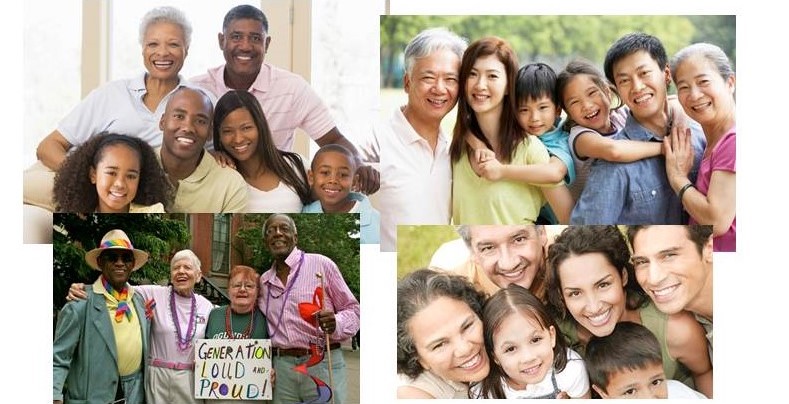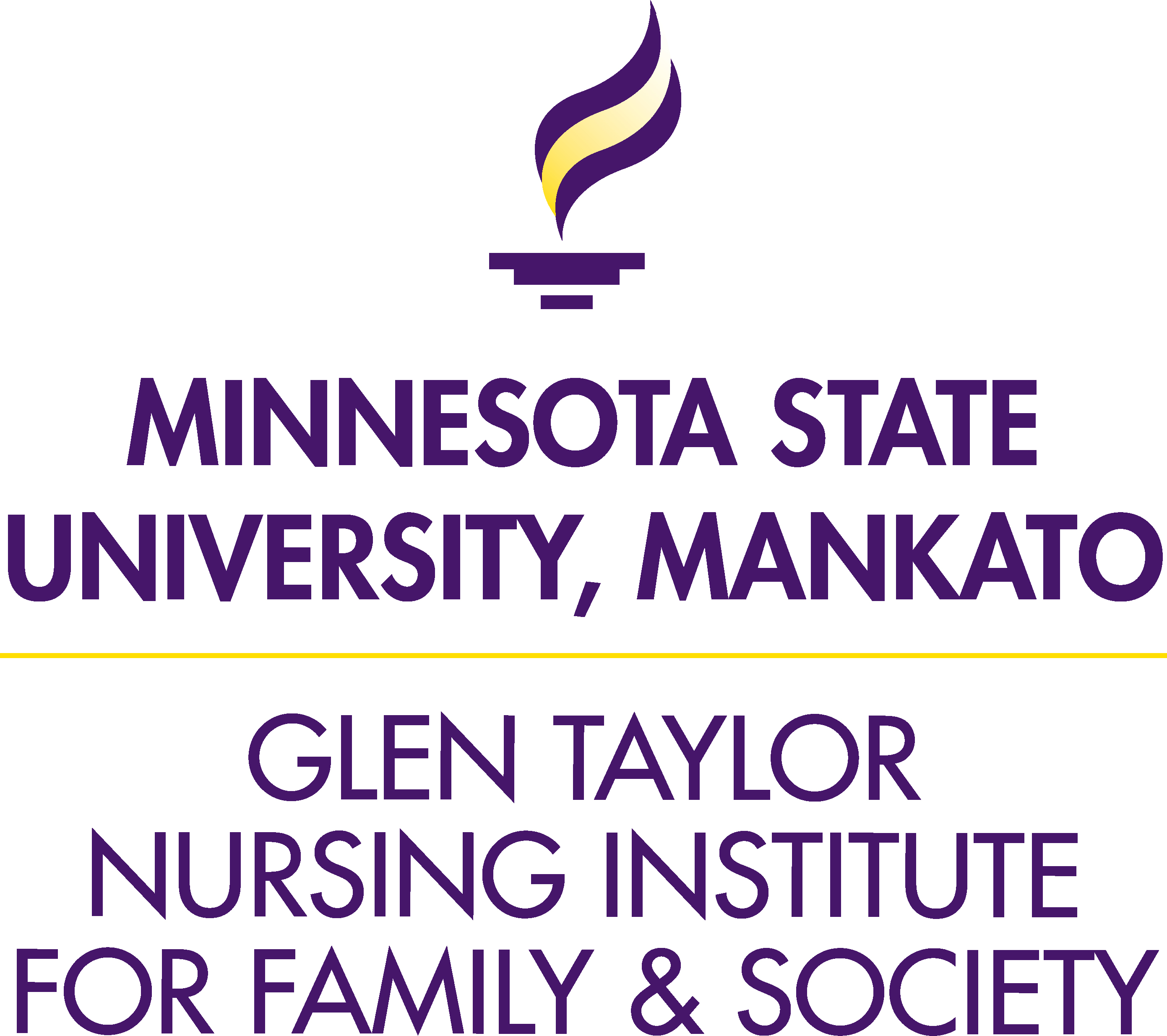This post by Matt Martin, originally appeared on the Collaborative Family Healthcare Association blog. It is published here with permission.
Recently, the Children’s Hospital Corporation in Massachusetts completed a study examining family-centered hospital rounds for doctors and nurses. Rounds are daily meetings when the care team reviews patient progress and creates a plan for the day. During rounds, staff may use confusing medical terms and neglect family input and questions. In response, the research team developed a communication program (I-PASS) to train team members to communicate better on rounds and actively include patients and families. At the end of the rounds, the care team gave families written summaries about what was discussed. This change led to fewer harmful medical errors and better satisfaction among families and nurses. The research team is now involved in disseminating their work at nearly two dozen more hospitals.
I love this kind of research. We need more of it. It is amazing to me that simple training and improved communication leads to fewer errors. Approximately 200,000 patients die from preventable medical errors each year, costing the United States nearly $20 billion. Any reduction in errors is good. But why is this research happening in 2019? It seems like we have known about the importance of family engagement and communication for decades. Family medicine and family therapy, both children of the 60s, pushed for more wholistic and family-oriented care from the day their disciplines were created. Family nursing has been at the forefront of this movement, both conceptually and empirically. To date, a lot of work has been done. So, why is family engagement still more of an exception and not the rule?
Upon reflection, I can think of a few reasons. Let me count the ways. First, the medical model of care still dominates healthcare education, research, and funding. Although this model has generated incredible knowledge in areas of surgery, pharmacology, genetics, and more, the medical model is limited by philosophical assumptions of reductionism and mechanistic action. In other words, “modern medicine” often does not have much cognitive space for family system ideas like agency and communion. As a result, family health is not a part of routine care.
Second, there is no consensus on conceptual and operational definitions of terms like “family-oriented care”. This lack of consensus drives misconceptions and confusion. I recommend that national organizations like the National Academy of Medicine or Institute of Medicine organize work groups to generate consensus. We need more conceptual research in this area.
Third, there is little understanding on how the entire care team works together to help families. What is the role of the nurse, medical provider, behavioral health provider, allied health provider, care manager, or front desk staff? How do we identify families in need of support and treatment? How do we record that data and then determine the right level of support? There are certainly hospitals and clinics in the field who use a team approach for family-oriented care. Researchers should find these “positive deviants”, determine what makes them successful, and replicate the models.
Fourth, there are few incentives for care teams to talk to family members, measure caregiver stress, visit patients and families in their home, document family system information, and more. We do not have payment models that make family-oriented care sustainable. Moreover, carved out benefits from managed care contracts create much confusion for family caregivers who navigate multiples payers and plans. Payers should make it easier for caregivers to understand their coverage. This is a major barrier and likely requires a strong evidence base and political willpower to create new codes and payment models.
Fifth, there is little guidance and requirement from training accreditation bodies on how to train healthcare workers in family-oriented care. Not every student needs to learn family therapy, but they should have a basic knowledge of family systems and illness and common health-related family problems and basic skills in family problem identification, engagement, and support. I recommend developing a central repository of competency-based modules, videos, and simulations that training institutions can access from anywhere for a nominal fee.
The grassroots movement of family care has moved at a scuttling pace long enough. Now we need major investments from major holders of power. We know families are vital for reducing care costs and improving patient outcomes. We also know families experience the stress of illness and care utilization alongside the patients. Making care family-oriented will accelerate the movement toward a healthcare system that reduces costs, improves health, and creates a better experience for patients and care team members.
Perhaps we need a little provocation to get things moving. I call for the following changes to be made:
- All federal funding of Phase IV clinical trials, dissemination and implementation research, and population-level studies will require patient and family advocates as members of the research team and family-oriented measures
- All healthcare accreditation bodies in nursing, medicine, and allied health fields will require basic family communication and engagement training using a central repository of resources supported by a shared funding stream from training institutions
- All recognition programs under the National Committee for Quality Assurance will require proof of family engagement measures and practices
- All healthcare systems enrolled in Medicare will need to demonstrate ability to measure family health and engage family members in care
The success of even one of these changes represents a major step forward in making healthcare more wholistic and equitable. I support and cheer for any champion like the Children’s Hospital Association in MA who are making valuable contributions. But patients have waited long enough for US healthcare to be not just family-friendly, but family-oriented.

